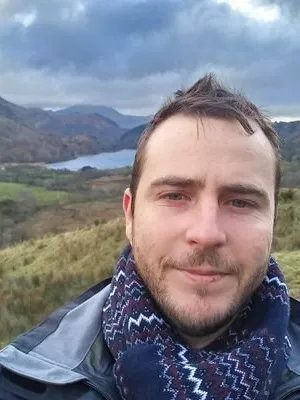
Guy Jackson
Guest researcher

Conducive and hindering factors for effective disaster risk reduction in Emae Island, Vanuatu
Author
Summary, in English
Vanuatu is one of the most hazard prone nations in the world and frequently tops the World Risk Report as the nation with the highest overall disaster risk. The devastation wrought by category 5 cyclone Pam (2015), the El Niño drought (2015/16), and volcanic eruptions in Ambae (2018), are but a few recent examples of disasters which have disrupted livelihoods and curtailed development. The Vanuatu government, along with financial and other support from the international community, has over time developed and implemented a variety of disaster risk reduction strategies. Based on recommendations from the Hyogo Framework for Action (2005-2015) and the current Sendai Framework (2015-2030), these strategies have included: the decentralisation of disaster risk management; capacity building through enhanced collaboration with international non-governmental organisations; the formation of community disaster and climate change committees; and improved risk mapping, early warning and communications systems. This study evaluates the progress of some of these identified strategies implemented at the national, provincial and local levels based on the perspectives of government officials and drawing on an empirical case study from Emae Island. While on paper Vanuatu has made significant progress in developing a conducive environment for reducing disaster risk many issues remain. For example, some conducive factors include stakeholders from all levels being aware and accepting of both local and scientific knowledge and the importance of both top-down and bottom-up strategies. However, hindering factors include a lack of communication between levels and a preference for scientific knowledge at the expense of local “traditional” knowledge, among other examples. As such, this paper helps illuminate both conducive and hindering factors for developing local disaster risk reduction strategies in Vanuatu in a world of increasing disaster risk.
Department/s
- LUCSUS (Lund University Centre for Sustainability Studies)
Publishing year
2019
Language
English
Links
Document type
Working paper
Publisher
The United Nations Office for Disaster Risk Reduction (UNDRR)
Topic
- Political Science
- Climate Research
Status
Published